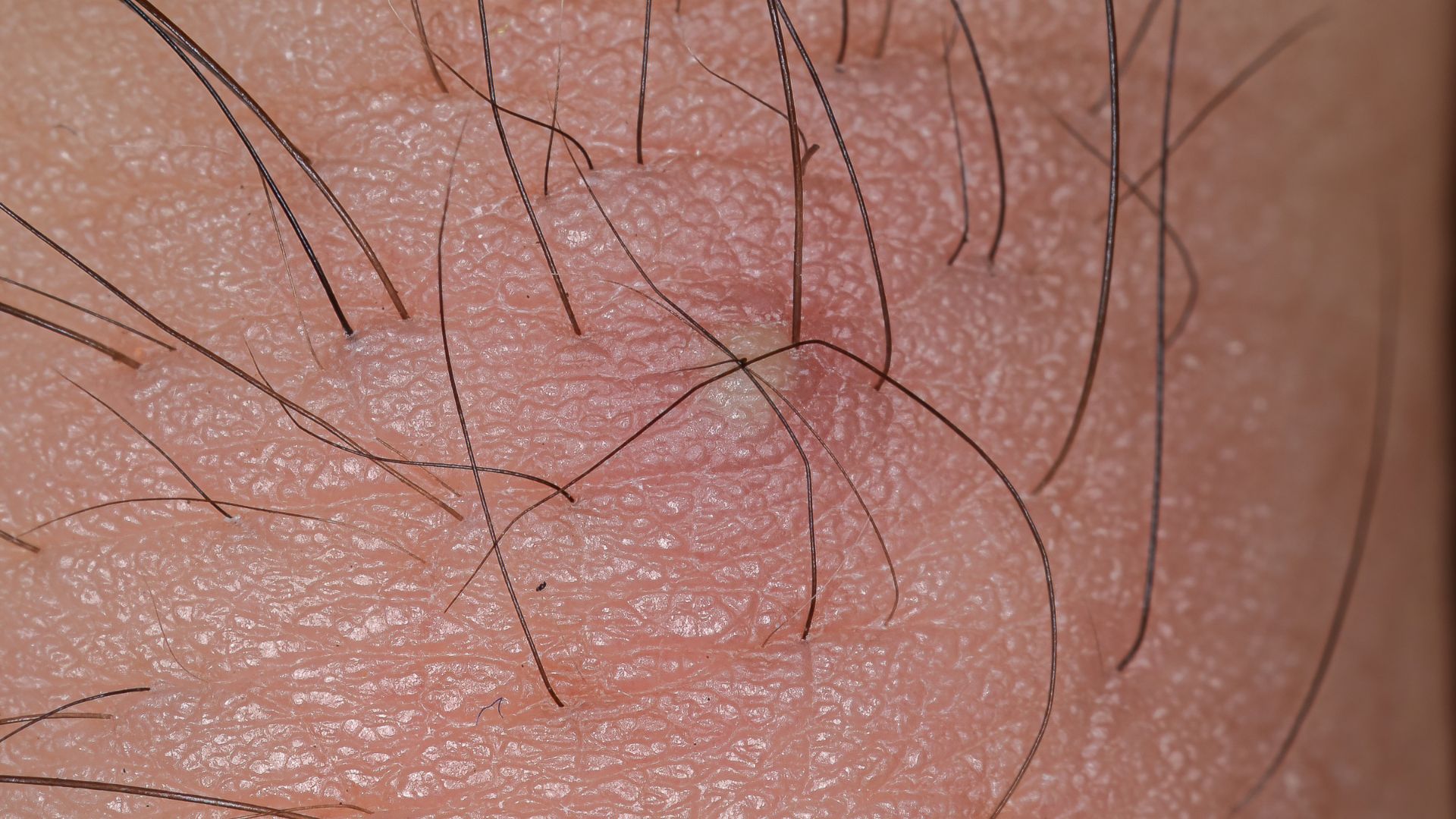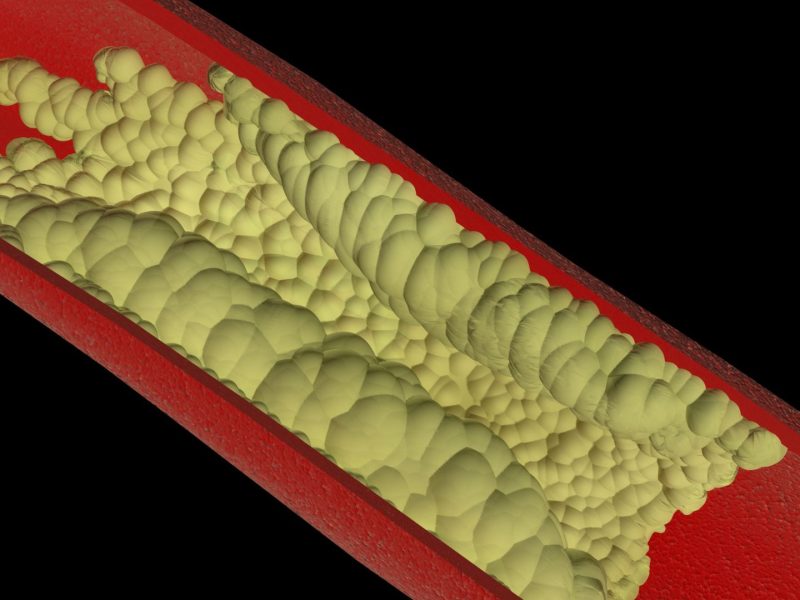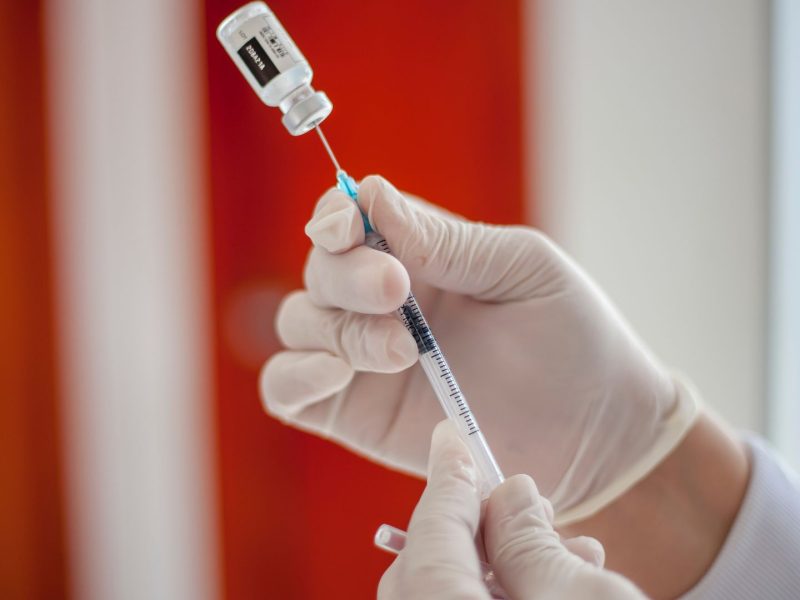As a doctor, I frequently get asked about ingrown hairs—those small, often irritating bumps that can show up after shaving, waxing, or tweezing. Most of the time, ingrown hairs are more of a nuisance than a medical issue. However, there are situations where they can become a genuine health concern. Understanding when an ingrown hair crosses the line from harmless to harmful is essential for your overall skin health and well-being.
What Is an Ingrown Hair?
An ingrown hair occurs when a shaved or tweezed hair grows back into the skin instead of rising up from it. This can cause inflammation, redness, itching, and sometimes even painful bumps that resemble pimples. While anyone can get ingrown hairs, they’re more common in people with coarse or curly hair and often appear on the face, neck, legs, underarms, and bikini area.
When Are Ingrown Hairs Harmful?
While most ingrown hairs resolve on their own, here are some situations where they can become dangerous to your health:
1. Infection
If an ingrown hair becomes red, swollen, warm to the touch, and filled with pus, it may be infected. A mild infection can usually be treated at home with warm compresses and antiseptics. However, if the infection worsens, it can lead to: ✔️ Folliculitis – A common bacterial infection of the hair follicle. ✔️ Abscess or boil formation – Painful collections of pus that may require drainage. ✔️ Cellulitis – A more serious skin infection that can spread and requires antibiotics.
2. Cysts or Keloids
Repeated ingrown hairs in the same area can lead to cyst formation—firm, painful lumps beneath the skin. These cysts may require medical treatment or surgical removal. In some individuals, especially those with darker skin tones, chronic irritation from ingrown hairs can result in keloid scars, which are raised, thickened scars that can be itchy or even painful.
3. Spreading Infection
If an infected ingrown hair is not treated properly, the bacteria can spread to surrounding tissues and, in rare cases, enter the bloodstream. This could lead to sepsis, a life-threatening condition. While rare, it’s a reminder that even a small bump can become serious if ignored.
4. Signs of a More Serious Condition
Occasionally, what looks like an ingrown hair may be something more concerning, such as: ✔️ Hidradenitis suppurativa – A chronic skin condition involving painful lumps and abscesses. ✔️ Skin cancer or other dermatological issues – If the bump doesn’t heal, grows rapidly, or changes in appearance, it’s best to get it checked.
When to See a Doctor
You should consult a healthcare provider if:
- The ingrown hair becomes increasingly painful or swollen.
- You notice spreading redness or fever.
- There are multiple recurring ingrown hairs in the same spot.
- The area develops a hard lump or starts oozing pus.
Prevention Tips for Ingrown Hairs
✔️ Exfoliate regularly to remove dead skin cells. ✔️ Use a sharp, clean razor and shave in the direction of hair growth. ✔️ Avoid tight clothing that can cause friction. ✔️ Keep the skin moisturized to reduce hair breakage.
Final Thoughts
Ingrown hairs are usually harmless, but they can become dangerous if they become infected or develop into more serious conditions. Knowing the signs and seeking timely medical attention can prevent complications. If you’re dealing with frequent or problematic ingrown hairs, don’t hesitate to reach out to a healthcare professional for proper diagnosis and treatment.
Have you experienced complications from an ingrown hair? Share your story or ask your questions below!



